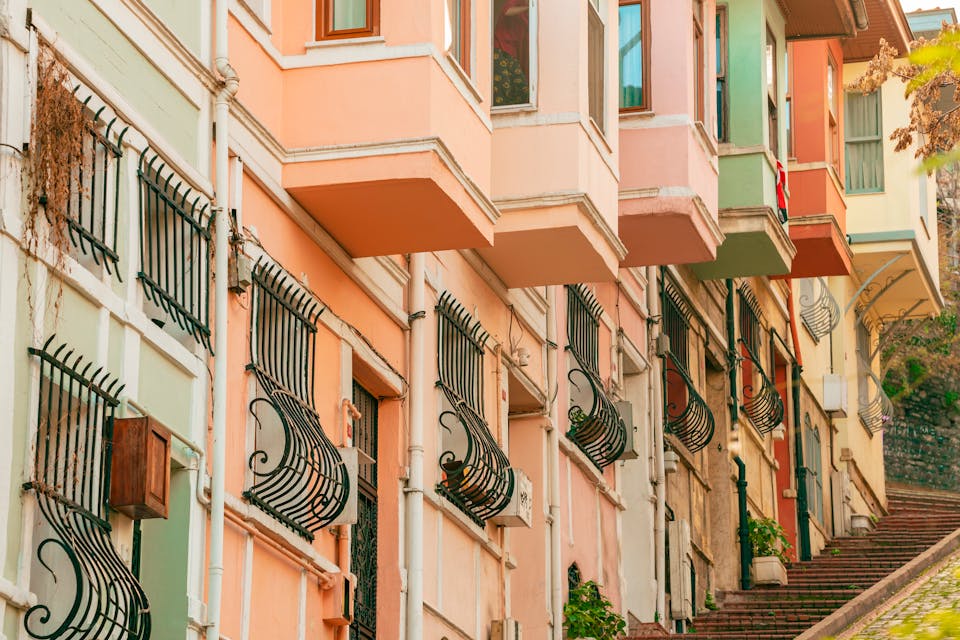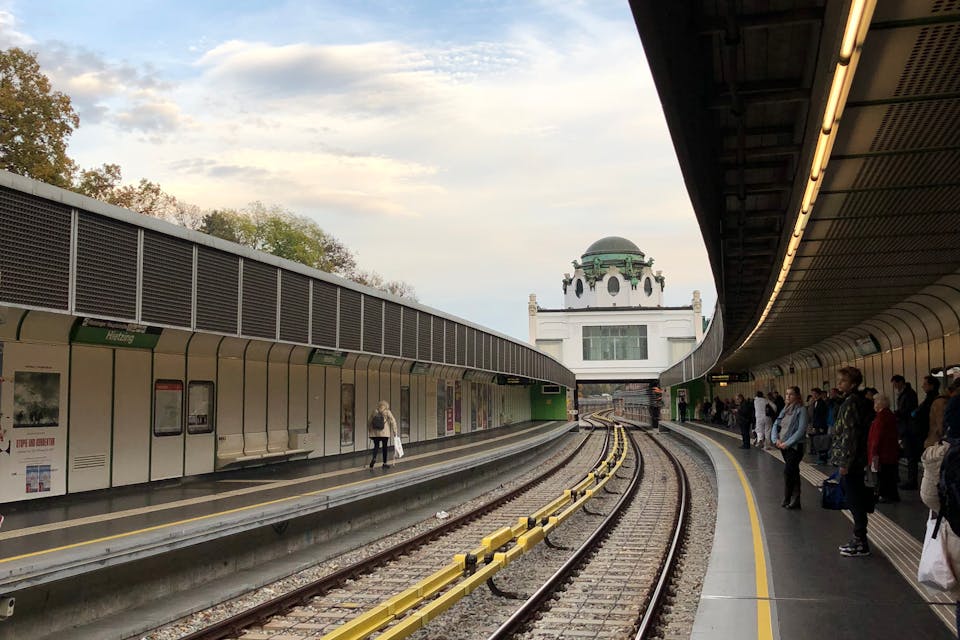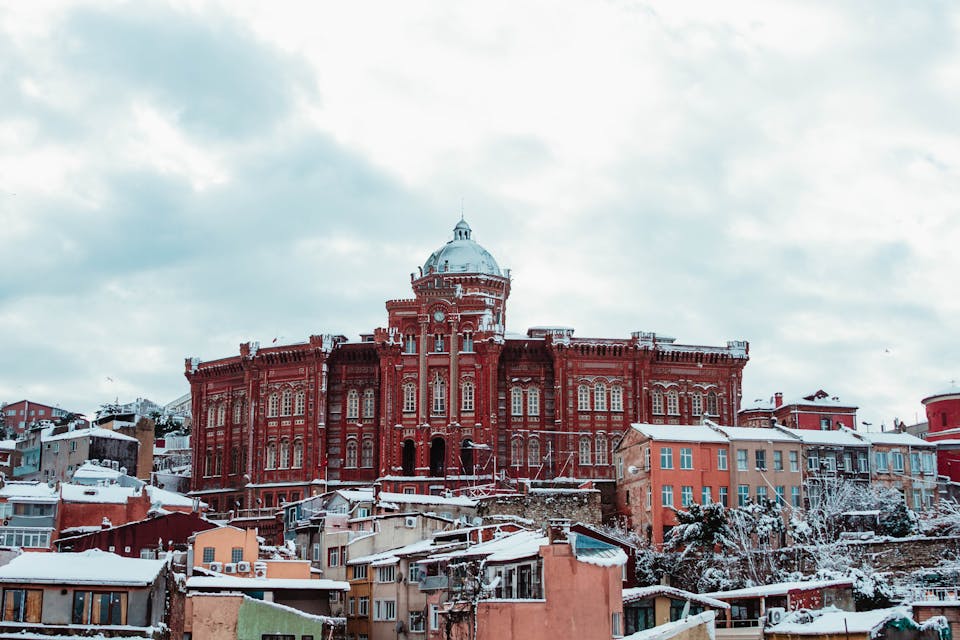Balat Istanbul: History, Attractions & Practical Tips
Table of Contents
-
History and Culture
-
Attractions and Activities
-
Practical Tips for Visitors
-
Local Life and Community
1. History and Culture
1.1 What Is the Historical Significance of Balat in Istanbul?
Balat is one of Istanbul’s oldest and most historically rich neighborhoods, tracing its roots back to the Byzantine era. Situated along the Golden Horn, Balat has been a melting pot of cultures, particularly known for its large Jewish population during the Ottoman period. The neighborhood's name is derived from the Greek word "palation," meaning "palace," due to its proximity to the Byzantine Palace of Blachernae. Over the centuries, Balat has witnessed the rise and fall of empires, making it a living museum of Istanbul's layered history.
1.2 How Did Balat Become a Cultural Hub in Istanbul?
Balat’s transformation into a cultural hub is closely tied to its diverse population and historical significance. Throughout the Ottoman era, it was home to Jews, Greeks, and Armenians, each contributing to the area's unique cultural tapestry. The architecture in Balat reflects this diversity, with colorful houses, synagogues, and churches nestled within its narrow streets. In recent years, a wave of gentrification has breathed new life into the neighborhood, attracting artists, young professionals, and tourists who appreciate its vibrant, multicultural vibe.
1.3 What Are the Origins of the Jewish Community in Balat?
The Jewish community in Balat has deep roots that date back to the late 15th century when Sephardic Jews were expelled from Spain and found refuge in the Ottoman Empire. Sultan Bayezid II welcomed these Jewish exiles, many of whom settled in Balat. The community flourished, establishing synagogues, schools, and businesses. Balat became one of the most significant Jewish quarters in Istanbul, with its influence still visible today in the form of historic synagogues and cultural landmarks, such as the Ahrida Synagogue, one of the oldest in Turkey.

2. Attractions and Activities
2.1 What Are the Must-See Historical Sites in Balat?
Balat is home to several historical sites that tell the story of its diverse past. Key sites include the Ahrida Synagogue, one of the oldest synagogues in Istanbul, and the Church of St. George, the seat of the Ecumenical Patriarchate of Constantinople. The Phanar Greek Orthodox College, with its striking red brick architecture, is another iconic landmark. Additionally, visitors should explore the colorful Vodina Street with its Ottoman-era houses and the remnants of the Byzantine City Walls that once protected Constantinople.

2.2 Which Colorful Streets Should You Explore in Balat?
Balat is famous for its picturesque, colorful streets, where vibrant houses line the narrow cobblestone roads. Kiremit Street and Merdivenli Yokuş are among the most photographed spots, with their pastel-colored buildings creating a charming, Instagram-worthy backdrop. Vodina Street is another must-visit, offering a blend of traditional homes and modern cafes. As you wander through these streets, you’ll find plenty of hidden gems, including vintage shops, art galleries, and local eateries that give Balat its unique character.

2.3 What Are the Best Cafes and Restaurants in Balat?
Balat boasts a growing number of trendy cafes and restaurants that cater to both locals and tourists. Forno Balat is a favorite for its delicious pizzas and pastries, while Cafe Naftalin K is known for its cozy, vintage ambiance and specialty coffees. Agora Meyhanesi, a historic tavern, offers a traditional dining experience with mezes and raki. For those looking for something sweet, Cooklife Balat serves a range of cakes and desserts in a stylish setting. Each of these spots provides a taste of Balat's evolving culinary scene.
3. Practical Tips for Visitors
3.1 How Can You Get to Balat from Central Istanbul?
Balat is easily accessible from various parts of Istanbul. You can take a bus from Eminönü or Taksim to reach the neighborhood directly, with routes such as 99A and 99Y passing through the area. Alternatively, you can take the Golden Horn Ferry from Karaköy or Üsküdar to Balat Pier, offering a scenic journey along the water. For those who prefer walking, a stroll along the Golden Horn from Eminönü to Balat is a pleasant way to explore the area.

3.2 When Is the Best Time to Visit Balat?
The best time to visit Balat is during the spring (April to June) or autumn (September to November) when the weather is mild and the streets are less crowded. These seasons also offer the perfect conditions for exploring the neighborhood on foot, with blooming flowers in spring and colorful foliage in autumn enhancing Balat’s already picturesque scenery. Visiting during the weekdays is ideal to avoid the weekend crowds and fully appreciate the local atmosphere.
3.3 What Should You Wear When Exploring Balat's Streets?
Balat’s cobblestone streets and hilly terrain make comfortable footwear essential for exploring. Opt for sneakers or sturdy walking shoes to navigate the area with ease. Casual, breathable clothing is recommended, especially in the warmer months, as you’ll be doing a lot of walking. If you plan to visit religious sites such as synagogues or churches, consider dressing modestly, with covered shoulders and knees. Don’t forget a hat and sunscreen, especially during the summer, as Balat can get quite sunny.

4. Local Life and Community
4.1 What Makes Balat's Local Community Unique?
Balat’s local community is a blend of long-time residents, many of whom have lived in the neighborhood for generations, and newer arrivals, including artists, young professionals, and expatriates. This mix creates a vibrant, close-knit atmosphere where tradition meets modernity. The area’s Jewish, Greek, and Armenian heritages are still evident in its cultural landmarks and community activities. The neighborhood is also known for its sense of solidarity, with locals often coming together to preserve Balat's unique character and historical charm.
4.2 How Is the Daily Life in Balat Different from Other Istanbul Neighborhoods?
Daily life in Balat moves at a slower pace compared to Istanbul’s more tourist-heavy areas. The neighborhood retains a strong sense of community, with neighbors knowing each other by name and engaging in daily conversations on the street. You’ll often see children playing outside, shopkeepers chatting with customers, and residents enjoying tea in small, family-run cafes. Unlike the bustling districts of Beyoğlu or Sultanahmet, Balat offers a glimpse into a more traditional, unhurried way of life.
4.3 What Traditional Crafts and Shops Can You Find in Balat?
Balat is a haven for traditional crafts and small, family-owned shops. Visitors can find artisans crafting handmade jewelry, ceramics, and textiles in workshops that have been passed down through generations. Antique stores, such as Balat Antik, offer a treasure trove of vintage items, from Ottoman-era furniture to old books and trinkets. The neighborhood is also known for its second-hand shops and boutiques selling locally made products, providing a unique shopping experience that reflects Balat’s rich cultural heritage.